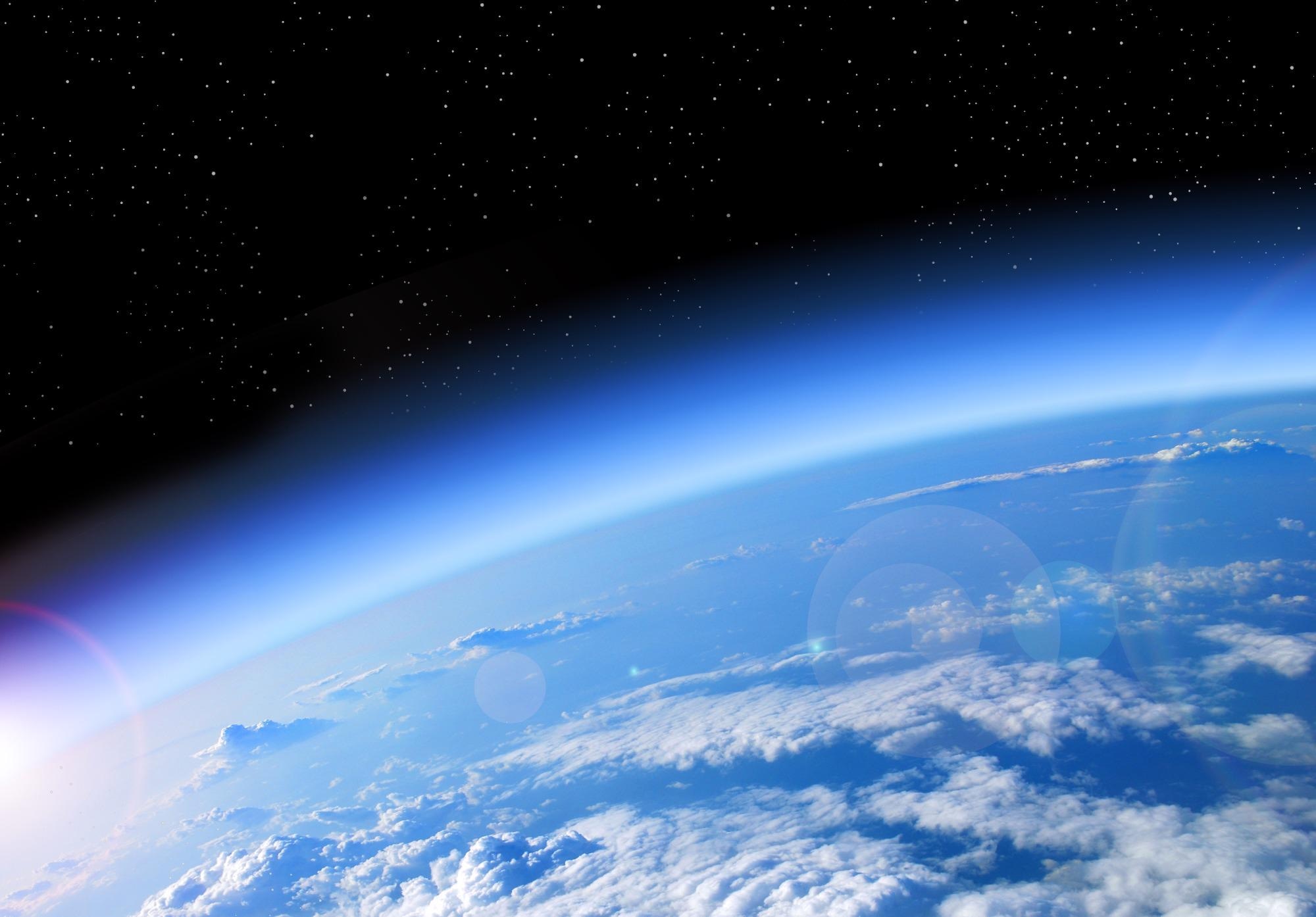According to new research, one of the most significant cooling mechanisms might undergo weakening due to ozone, thereby making it a considerable greenhouse gas compared to what was thought earlier.

Image Credit: Shutterstock.com/studio23
A new study has disclosed that variations caused to ozone levels in the upper and lower atmosphere were accountable for nearly a third of the warming noted in ocean waters adjoining Antarctica in the second half of the 20th century.
In the Southern Ocean, the deep and rapid warming impacts its role as one of the primary regions for soaking up surplus heat as the planet tends to warm.
Most of this warming was due to the ozone increase in the lower atmosphere. Ozone, which is known to be one of the main components of smog — is already dangerous as a pollutant. However, the study shows it may also play a considerable role in accelerating climate change in the coming years.
Ozone close to Earth’s surface is harmful to people and the environment, but this study reveals it also has a big impact on the ocean’s ability to absorb excess heat from the atmosphere. These findings are an eye-opener and hammer home the importance of regulating air pollution to prevent increased ozone levels and global temperatures rising further still.
Dr. Michaela Hegglin, Study Author and Associate Professor, Atmospheric Chemistry, University of Reading
The new study performed by an international group of scientists, and headed by the University of California Riverside, has been reported in the journal Nature Climate Change.
The researchers utilized models to simulate variations happening in the ozone levels in the upper and lower atmosphere between 1955 and 2000. This is to separate them from other impacts and increase the present poor understanding of their impact on the Southern Ocean heat uptake.
Such simulations illustrated that an increase in the lower atmosphere and decline in ozone in the upper atmosphere both added to the warming observed in the upper 2 km of the ocean waters in the high latitudes by total greenhouse gas increases.
The researchers disclosed that the presence of increased ozone in the lower atmosphere resulted in 60% of the entire ozone-induced warming observed in the Southern Ocean over the period studied — much more than what was originally thought.
This was astonishing since tropospheric ozone increases are primarily thought of as a climate forcing in the Northern hemisphere since that is where the majority of pollution occurs.
In the 1980s, ozone hit the headlines when a hole was found in the ozone layer which is high in the atmosphere over the South Pole. This was due to the harm caused by chlorofluorocarbons (CFCs), a gas utilized in the industry and consumer products.
The ozone layer is considered to be crucial as it filters hazardous ultraviolet radiation from reaching the surface of the Earth. This breakthrough resulted in the Montreal Protocol, an international agreement to stop CFCs production.
We have known for a while that ozone depletion high in the atmosphere has affected surface climate in the Southern Hemisphere. Our research has shown that ozone increases in the lower atmosphere due to air pollution, which occurs primarily in the Northern Hemisphere and ‘leaks' into the Southern Hemisphere, is a serious problem as well.
Dr. Michaela Hegglin, Study Author and Associate Professor, Atmospheric Chemistry, University of Reading
Hegglin added, “There is hope to find solutions, and the success of the Montreal Protocol at cutting CFC use shows that international action is possible to prevent damage to the planet.”
The ozone in the upper atmosphere is created by the contact between oxygen molecules and UV radiation coming from the sun. In the lower atmosphere, it develops as a result of chemical reactions between pollutants like vehicle exhaust fumes and other emissions.
In the air, changes in ozone concentrations tend to impact westerly winds in the Southern Hemisphere and result in contrasting levels of salt and temperature next to the surface in the Southern Ocean. Both tend to impact ocean currents in different ways, thereby impacting ocean heat uptake.
Journal Reference:
Liu, W., et al. (2022) Stratospheric ozone depletion and tropospheric ozone increases drive Southern Ocean interior warming. Nature Climate Change. doi.org/10.1038/s41558-022-01320-w